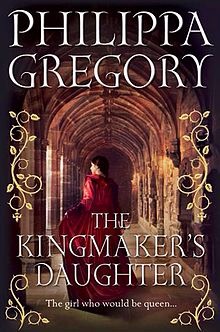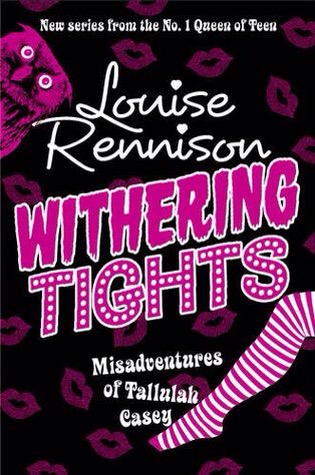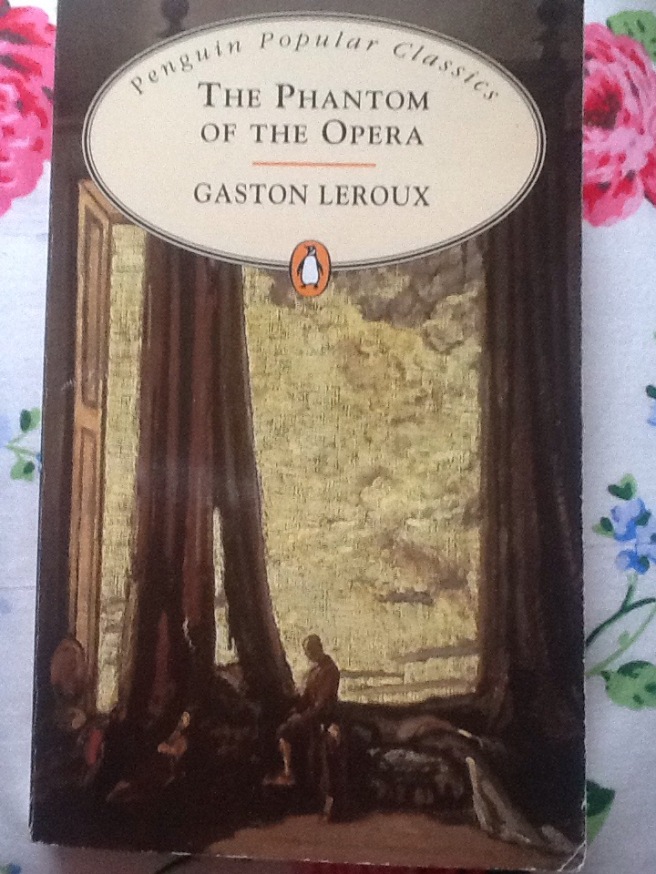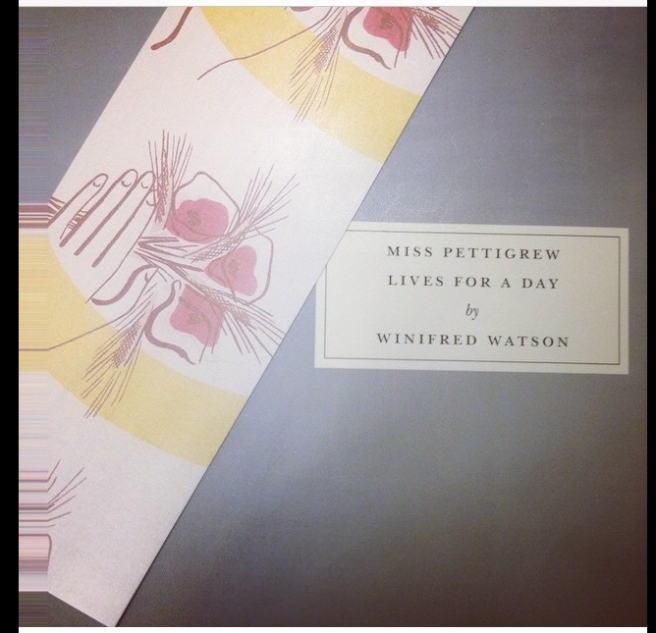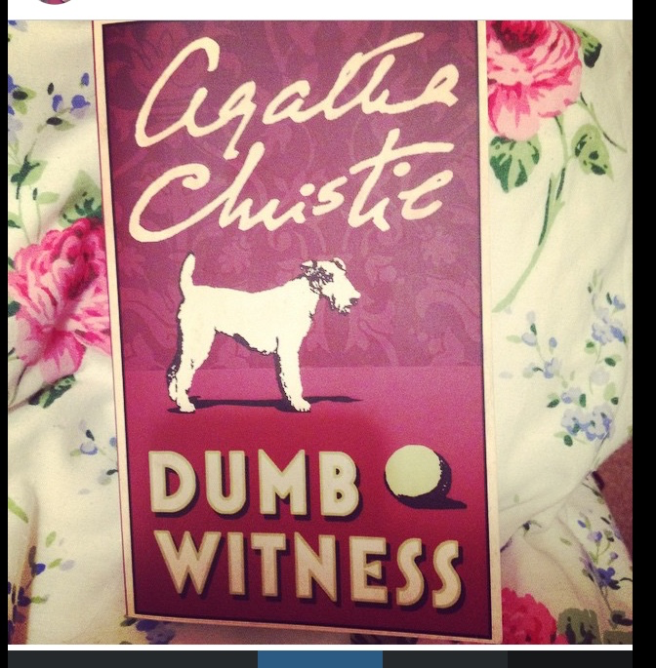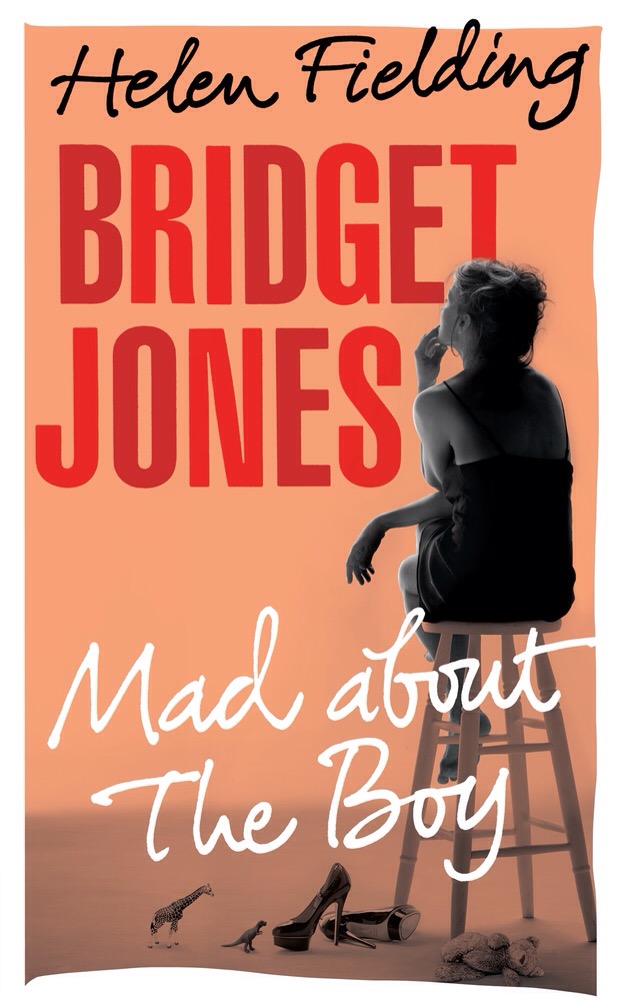
Title: Bridget Jones: Mad About the Boy
Author: Helen Fielding
Published: 2013
Challenges: TBR Pile 2015 and a third book for London in my Reading England challenge, but that doesn’t really count.
Star Rating: 4 out of 5
*WARNING CONTAINS SPOILERS*
Synopsis
Bridget Jones is back…albeit older and with two young children in tow. She has moved on slightly from the life of a carefree thirty-something singleton plagued by the horrors and the minefield that is dating and is now a widowed fifty-something plagued by the horrors and the minefield that is dating. Yes after sailing off into the sunset with the lovely (although slightly too sensible for me) Mark Darcy at the end of The Edge of Reason, Mad About the Boy sees Bridget struggling to come to terms with the sudden death of Mark and the chaos and tribulations of raising two children alone whilst trying to fit in school concerts, trips to visit her mum and Aunt Una in their glamorous retirement home, business meetings about potential scripts, dates with men met over the Internet and the possibility of what we all ultimately dream for…a perfect romantic mini break! Ha!
Mad About the Boy explores the difficulties of suddenly finding yourself single in your early fifties and realising that the dating world you used to inhabit has completely changed. No longer is it a world of office romances and meeting through friends, but instead it is dominated by dating websites and all the difficulties this brings. Not to mention the difficulties of dating a man 20 years younger. Although Mad About the Boy isn’t just about dating and Bridget’s love life, it deals with the everyday dramas of family life and the various issues of family life in an endearing and heart warming way.
My Thoughts
I originally started reading Mad About the Boy not long after its release; my friend picked up an airport copy on a trip to Malta and after she devoured it on the flight there I added it to my holiday reading. However I started it on the flight back and didn’t get much further than that. I decided to add it to my TBR Pile for 2015 as I didn’t really have any motivation to pick it up again but I felt as though I should finish it and find out Bridget’s fate, especially after I had read the first two instalments. I forgot how easy to read Fielding’s writing is, in Bridget she has created a lovable character who is far from perfect but copes all the same. I like the diary style, especially the added information at the start of each day’s entry detailing silly extras such as ‘number of Twitter followers lost, entire bags of cheese eaten, amount of time spent worrying about lack of communication from toyboy’. I was also pleased to read updates on the lives of some of Bridget’s friends and family, including her ‘f**kwit’ ex boyfriend, Daniel Cleaver and her crazy and overpowering mother. For some fans of Bridget I am sure the hardest bit was coming to terms with the death of Mark Darcy; I liked how Fielding introduced the death early on in the novel but didn’t reveal how it happened until part way through, creating some mystery surrounding the whole thing. I do think killing off Mark was a good move as I’m not sure how interesting Bridget’s diary would have been if it was just full of ‘smug married ness’ and I couldn’t imagine Mark and Bridget ever actually getting divorced.
My favourite parts of Mad About the Boy were definitely the bits exploring online dating. I have had a fair amount of experience of online dating which when I say it makes me feel like some ridiculous failure at dating in ‘real life’ but I guess that comment is incredibly rude to the millions of people who use online dating sites and slightly hypocritical as I willingly used it. I find the whole process very unromantic, but unfortunately it is a part of the technological age we live in. Fielding perfectly describes the confusion this style of dating brings, the waiting for replies, the nosing at profiles and hoping the other person doesn’t know you are spying, the whole ‘are they really who they say they are’ dilemma and perhaps the most common online dating experience of all – endless messages back and forth and yet never actually arranging a face to face date. I loved these parts of the novel because they are so relatable and offered such a true snapshot of dating in the twenty-first century.
I have read a few reviews criticising how Bridget Jones has changed from a haphazard, yet endearing singleton to an unrealistic and unachievable portrayal of an upper middle class life many of us could never achieve. And yes I agree that it is highly unlikely that I will end up living in a gorgeous mansion in a posh part of London or have the luxury of never needing to work and being able to afford a nanny etc but surely reading is supposed to offer some form of escapism…I’m never going to live in Westros or a Jilly Cooper’s Rutshire, but I can dream.
Challenges
Bridget Jones: Mad About the Boy is the fifth book I have read from my TBR Pile 2015, which makes me very happy as I am ahead of target. I am conscious that I still have my two biggest books to go, but Vanity Fair definitely has to wait until my plane journey to Australia, luckily a friend is reading it at the moment and has only positive things to say about it.



